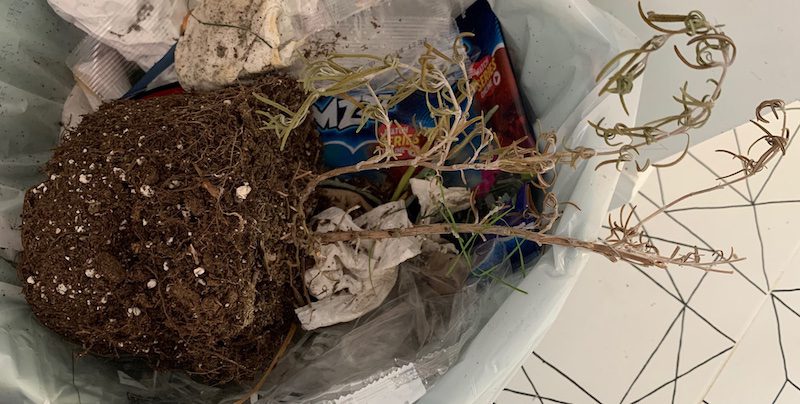Some Thoughts on the Publishing Crisis, Part I
Since the beginning of 2023, I’ve been reading nonstop “doom and gloom” stories related to publishing. Now, I’ve read doom and gloom stories related to publishing for decades, ever since I was a restless graduate student in history with dreams of writing the Great American Novel.
Yet these stories feel a little different from many of those in the past. After a couple of years of rising sales due to pandemic lockdowns and people having less to do besides read books, bookstore and online sales are down. Way down. Early this year, YA was a lagging category, prompting some YA authors to point the finger at other YA authors who they felt weren’t writing the kinds of books kids wanted to read. Many of these criticisms centered on the more mature YA titles that adult readers had snapped up in the past, but there’s little evidence that adults are reading YA less than they used to before or during the height of the pandemic. (No matter what, they’re still not the primary audience, and the point that we need more YA of interest to younger teens — those now reading books in the upper middle grade category — is well taken.)
Then YA numbers popped back up, and middle grade started to take a hit. People agonized about the “death of middle grade” as a result of post-2008 (remember Great Recession?) demographic decline, school budget cutbacks, and the rise in book banning. More on that in an upcoming post. Now, numbers for adult books are down.
Along with lagging sales come staffing cutbacks, the closing of imprints at Big 5 publishers, and the sale of one of the Big 5 publishers, Simon & Schuster, to private equity giant KKR. Agents on social media report that it’s harder to get editors to read submissions. Decisions take longer, and a larger percentage of manuscripts that go to acquisitions fail to cross that hurdle. Years ago, I read that 80% of manuscripts that went to acquisitions then were ultimately acquired. From anecdotes I’ve heard lately, I’d be surprised if the percentage is even half, unless it’s become significantly harder to get to that stage in the first place.
Like most other authors, I have opinions, which I plan to share in the next few weeks. Opinions on why this is happening. Opinions on how writers can survive and thrive, whether they’re trying to break into the industry for the first time, or stay in publishing after their first, second, or nth book. (I know about the difficulties of staying in, as I went through a 7-year publishing drought between 2015 and 2022.) Opinions on what writers and publishers can do to protect and grow the market for children’s and YA books. I look forward to reading your opinions as well.
Next up in the series: Reasons for declining sales and the impact of book bans.








I can’t wait to read more -thank you Lyn!
Thank you, Katie! Three more (at least) are on the way.
I value your opinions, Lyn, and look forward to reading more of your posts on this topic!
Thank you, Julianne! There will be more! I now have three more outlined.
Great post, Lyn.
Thank you for reading it, Anita!
Looking forward to your analysis, Lyn. We have more distractions now & multiple media sources that rival print, so it’s harder for any book to get attention. A kind of societal ADD. I’m a reader, but I can barely make a dent in the list of books I intend to read. Currently I’m struggling to get through all the books that are relevant to the subject of my next biography. That alone is a daunting list. But you’ve managed to buck the odds. Brava!
Thank you for your comment, Orel! There are definitely more distractions and I think it affects the format of books, with more verse novels and graphic novels due to shorter attention spans. However, the nature of other media may not have as much impact on reading as one might think. One of the trends even before the pandemic was the loss of time spent in community activities — the “Bowling Alone” phenomenon — and online distractions have had an even greater impact on face-to-face interaction, with the decline in social skills and the accompanying rise in extremism and polarization that results.
This is great Lyn! It makes things clearer about the industry right now. I can’t wait for the next post.
Thank you, Zainab! I hope one thing it does is help people not take rejections (or ghosting) personally because it’s a tough time in the industry. But it won’t last forever, and there are things we can do to shorten the time it takes to recover.
Thanks for being proactive, Lyn!
Thank you, Linda! I hope this helps writers become more proactive as well!
Excellent post and glad it will be a series. Thanks, Lyn!
Thank you, Nicole! So far, I have four posts in mind, but I may include more depending on the discussion.
Will be following. Somehow hearing you discuss it makes the angst smile:)
I think it also means the rejections and silence aren’t personal but are a sign of some problems in publishing that I hope may be resolved in the medium term. These things are often cyclical, as were issues related the 2008 recession a decade ago.
Hi Lyn, I don’t see a way here to subscribe to your series, so will you ping each one on FB? I’m more likely to remember to find them that way! Thanks!
Thank you, Joni! I plan to link each of the posts on Facebook, as I did with this one.